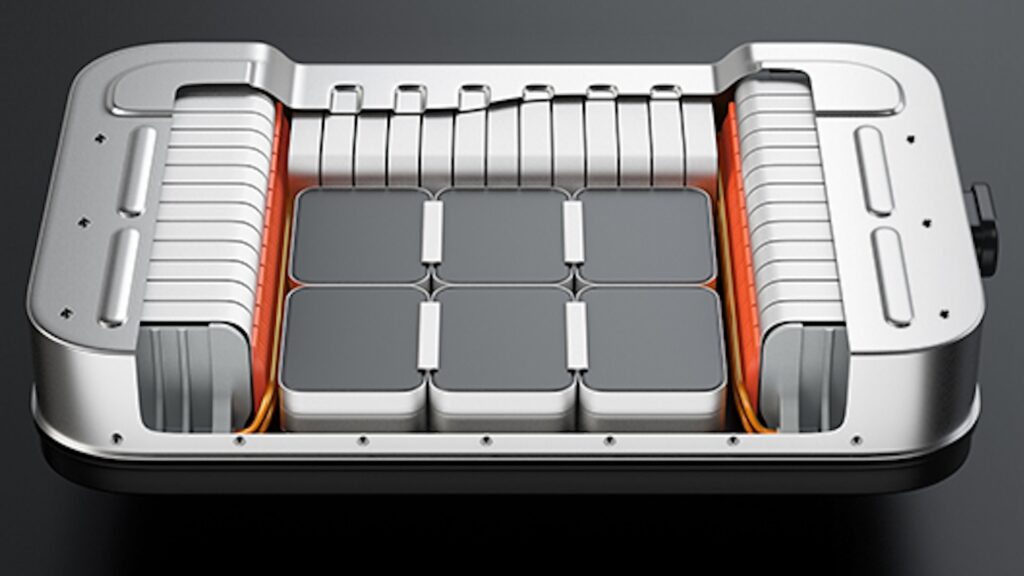The batteries that power electric cars, smartphones and other machines are evolving, and new developments in the industry promise to make cells better and lighter.
A South Korean research team developed a lightweight structure that improves the energy density of lithium-ion batteries, allowing them to remain stable after more than 200 charge-discharge cycles, TechExplor reported. The results were published in the journal Advanced Science in April.
The polymer structure is a hybrid porous material made of polyvinyl alcohol, single-walled carbon nanotubes, and nanocarbon spheres. The alcohol allows lithium ions to pass through and deposit evenly on the anode. According to Tech Xplore, the polymer is five times lighter than the copper that is typically used.
“This research opens up new possibilities for maximizing the energy density of lithium metal batteries,” said Park Soo-jin, a professor of chemistry at Pohang University of Science and Technology, who conducted the research with doctoral student Han Dong-yup.
The research and development center called “POSCO N.EX.T Hub,” which conducts research on secondary battery materials, low-carbon hydrogen energy, artificial intelligence, etc., was also involved in the project, along with Song Gyu-jin of the Korea Institute of Energy Research.
“Combining light weight with high energy density, this structure represents a breakthrough in future battery technology,” Song said.
According to Tech Xplore, the lithium anodes are far superior to graphite anodes in commercial batteries, storing more than 10 times as much energy, and “can directly participate in the electrochemical reaction as an electrode.”
However, these batteries can produce “dead Li” or dead lithium due to uneven distribution of lithium ions during charge and discharge cycles. If the dead Li makes it to the cathode on the other side of the battery, it can cause a short circuit.
Tech Xplore notes that scientists trying to optimize lithium delivery have used heavy metals, which makes the battery heavier. Experiments have reached a maximum energy density of 344 watt-hours per kilogram, while other batteries are in the 200-300 watt-hours per kilogram range.
Recent battery breakthroughs include an Israeli company doubling cycling capacity in the past two years, a Dutch lab improving lithium-ion charging times and storage capacity, and the development of units that beat lithium-ion packs in energy density and highest levels of safety.
Sign up for our free newsletter for weekly updates on cool innovations Improving Lives and Save the planet.

